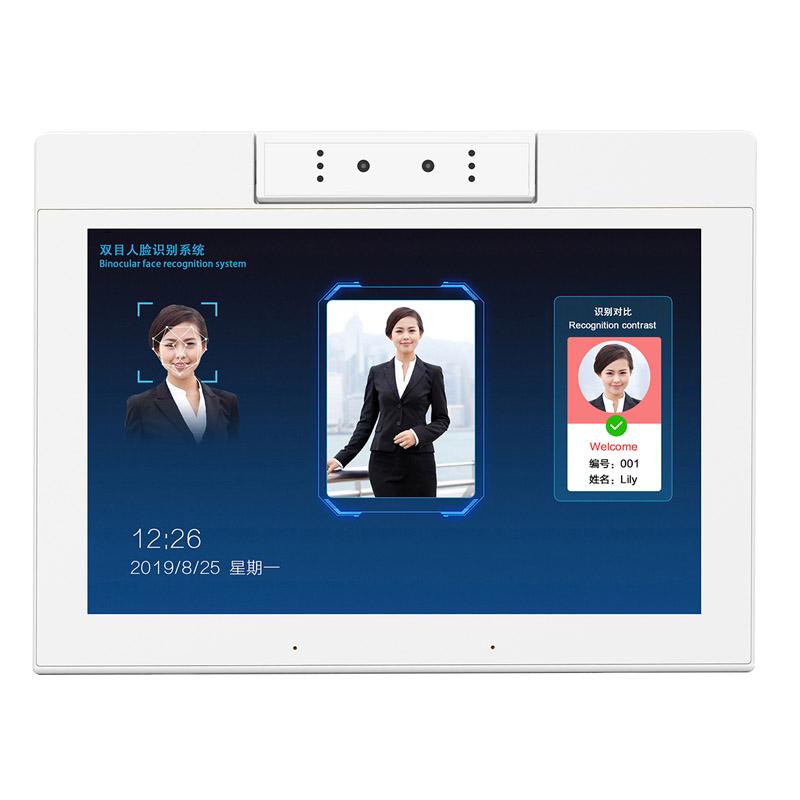A binocular camera Android tablet combines the convenience of a tablet with enhanced imaging capabilities through dual-lens cameras. This setup allows for better depth perception, improved image quality, and more advanced photography features like 3D effects or augmented reality.
Such tablets appeal to users who need more than just standard photos, including professionals, educators, and technology enthusiasts. They provide a versatile tool for capturing detailed visuals and exploring new ways to interact with digital content.
With Android's flexible platform, these tablets support a wide range of apps that take full advantage of binocular cameras. This makes them practical for both everyday use and specialized tasks that require precise imaging.
Understanding Binocular Camera Android Tablets
Binocular camera Android tablets integrate dual lenses to capture depth and 3D images, enhancing image quality and enabling advanced features. The technology impacts fields from photography to augmented reality through precise spatial data.
What Is a Binocular Camera Android Tablet
A binocular camera Android tablet features two rear cameras positioned to function like human eyes, capturing simultaneous images from slightly different angles. This dual-camera setup allows the device to compute depth information, enabling effects like bokeh and 3D imaging.
These tablets run on the Android operating system, allowing apps to utilize the binocular camera for various purposes such as depth mapping and augmented reality. The hardware and software work together to provide richer visual content and accurate depth perception not possible with single-camera tablets.
Key Features and Capabilities
Binocular camera Android tablets typically include depth sensing, 3D image capture, and improved autofocus. They can generate depth maps for portrait modes and apply real-time background blurring.
Other features often supported are augmented reality (AR) applications and gesture recognition through spatial awareness. The dual cameras also assist in better low-light photography by combining image data from both lenses.
The tablets commonly support high-resolution sensors, wide field of view, and quick image processing chips to handle binocular input efficiently.
Popular Use Cases and Applications
Binocular camera Android tablets are used widely in photography, enabling professional-style portraits and 3D photo creation. They are ideal for augmented reality gaming and training simulations due to accurate spatial mapping.
In education and design, these tablets assist with 3D modeling and virtual object placement. They are also used in remote collaboration tools where depth perception improves interaction with virtual environments.
Some medical apps leverage binocular cameras for detailed image capture, enhancing diagnostics and telehealth services.
How to Choose the Best Binocular Camera Android Tablet
Selecting the right binocular camera Android tablet involves evaluating hardware features, brand reputation, and software support. Each of these factors affects usability, image quality, and compatibility with third-party applications. Buyers should focus on critical specifications, reliable brands, and app ecosystems to ensure a practical, lasting device.
Essential Specifications to Consider
The camera is central. Look for a dual-lens system that provides true binocular functionality with at least 8MP sensors per lens for clear images. Opt for optical zoom capability to maintain quality while zooming instead of digital zoom.
Display size and resolution impact the viewing experience. A 10-inch screen with Full HD (1920x1080) resolution or higher is ideal for detailed image review. Consider a tablet with 4GB minimum RAM for smooth operation during multitasking or running camera software.
Battery life is crucial for field use; at least 6000mAh capacity ensures several hours of use. Fast charging and durable build quality also matter.
Comparing Top Brands and Models
Popular brands like Samsung, Lenovo, and Huawei offer Android tablets with binocular camera setups or similar dual-camera arrays. Samsung’s Galaxy Tab series often includes higher-end optics and optimized software for camera use.
Lenovo focuses on budget-friendly models, sometimes sacrificing camera quality but maintaining solid hardware. Huawei tends to excel in camera technology but may have restrictions with some Google services depending on region.
Check user reviews and expert assessments for up-to-date model comparisons. Pay attention to warranty terms and after-sales support, which vary across brands and influence long-term reliability.
| Brand | Camera Quality | Price Range | Software Updates | Build Durability |
| Samsung | High (Dual-lens 8-13MP) | Medium-High | Frequent | Robust |
| Lenovo | Moderate (Dual-lens 5-8MP) | Low-Medium | Occasional | Moderate |
| Huawei | High (Dual-lens 12-16MP) | Medium-High | Limited in some regions | Strong |
Software Compatibility and App Support
Android tablets vary in OS versions and compatibility with camera-centric apps. Devices running Android 11 or later are preferable to support the latest camera apps and security features.
Check if the OS supports third-party camera enhancement apps like Open Camera or professional photography tools. Compatibility with binocular or stereoscopic imaging apps is essential for specialized functions.
Some tablets offer proprietary camera software optimized for their hardware, improving autofocus or image stitching—features that enhance binocular camera use. Verify frequent software updates to fix bugs and improve app support.
Lastly, ensure connectivity options like USB-C or Wi-Fi 6 are present for easy file transfer and remote control through companion apps.



